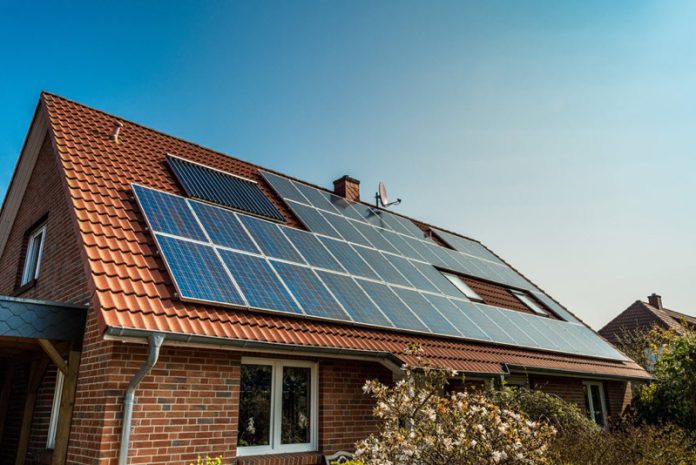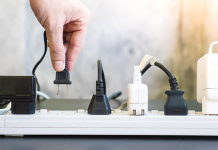At one time renewable energy was reserved for people that had no other way to get power to their homes. Off-grid living can be tough at times. Wikipedia defines this as a person, or system, which is not hooked up to a power grid. This can be a very trying position to be in. Using a generator can get expensive and installing renewable power instruments can be a huge upfront expense.
If you live in the middle of a city, you can also change your house over to power that you make yourself. You will just have to make sure that you check with local laws because some areas may require that you have a professional install the equipment. One that is licensed, insured, and knowledgeable in the type of renewable energy production that you have decided to go with.
- Solar Panels-Solar energy is one of the most common options. It can be used anywhere in the world. If you have a lot of sun, and the proper set up, you should be able to produce all the energy that you need, and then some. These panels work by converting the suns rays into usable energy. You must have a way to store the energy, such as in batteries designed for the task, immediately after it is made. If you cannot make enough power to sustain your house you may have to supplement with power from the grid, or by using another source such as a generator. It is also possible to sell energy back to the power company when you produce too much, so you may be able to earn money instead of paying out cash for services. Use an electricity comparison site to find a power supplier that will give you top dollar for power returned.
- Wind Turbines-You do not need the big windmills that you see on the television, or next to big barnyards. A small propeller will create a decent amount of power for you, if you are in an area that has a steady supply of wind. You will need to store the energy as above, and if you do not use the power generated you will lose it. Of course, you can always sell it back to the power company if you are hooked up on the grid.
- Hydroelectricity-This is like wind power and can only work if you have a source of running water close by. Pumps will push water through the system to create energy, which must be stored or used. This is a reliable way to produce energy if you have the running water to do so because water will always run along the path of the river or creek bed.
- Tidal-Using the tide to make power only works if you live by a large body of water. This option works by placing turbines under water. As the tide moves, the propellers turn and produce power through the system. The power needs to be stored and used, just like the other options discussed.
- Geothermal energy-Geothermal heat pumps catch the heat that has been stored within the ground. Fluid is pumped through a set of pipes underground that flows into the home. From there a heat exchanger turns the fluid to heat for your home. The fluid flows back through the system to create a moving cycle that keeps your house warm.
- Biomass Stoves-Burning organic materials within a stove can create power through steam. The organics produce high-pressure steam used to drive a turbine that will then generate electricity.
Depending on where you live, different renewable options are available to you. You need to research your area and decide on the path that works best for you. It is even possible to combine more than one type of option. Use your common sense and do not install a power source that does not work for your location.
Infographic Provided By The Solar Energy Company.




